3 Important Guidelines To Ready Your Home For A Flood
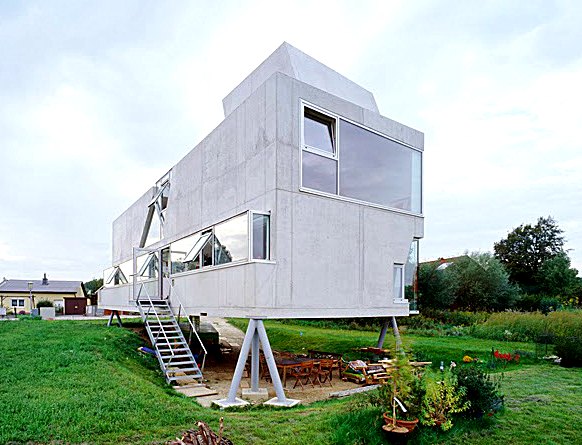
The first step after the purchase or rent of your new home is to prepare it for potential disaster. Thus your home won’t be washed away by flood water. This will not only keep you save, but will help the building withstand the destructible force of nature as much as possible. Except the supplies of water, food and similar, there are a few more procedures on your to-do list.
1. Keep Flood Water Away
1) Your garden will not only serve as an improvement of your yard, but will divert water streams, as well.
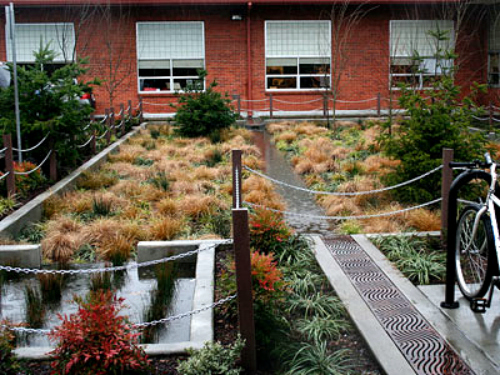
2) You can also install temporary flood barriers, between several households. Surround your place with sandbags or other similar alternatives.
3) To protect the draining systems and, respectively, the inside of your property, place non-return valves which will not allow waste water to crawl its way in.
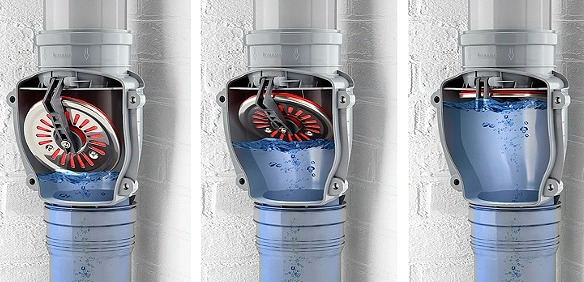
4) When you insulate your exterior walls, a good measure would be to apply a water-proof sealant to make sure water keeps out.
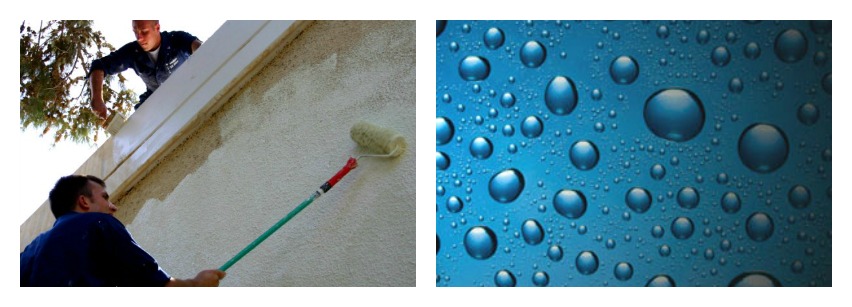
Image Source: commons.wikimedia.org
5) Buy and place automatic flood-proof doors and windows. They seal the inside of your household so muddy water doesn’t flood. If you cannot replace these parts of the building, buy flood boards and raise thresholds to barricade the house.
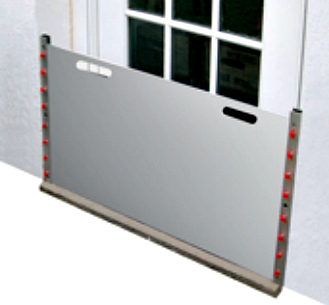
2. Don’t Let Groundwater In!
Water is known to penetrate through almost every surface, so, in case you have problems like this one, buy and place water pumps. There are two kinds:
1) Electric – They are very convenient, but remember to prepare a back-up generator, in case of electrical power cuts. Don’t improvise and overestimate yourself in this case, you’ll need an experienced professional to help you place the gadget.
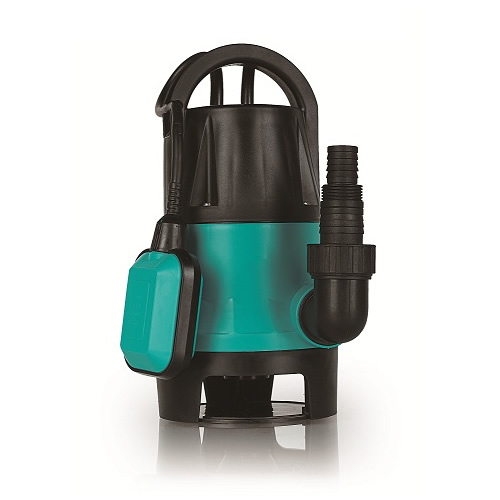
2) Diesel or petrol pumps are definitely noisier and require refills. To use it, affix it outside the house to prevent inside carbon monoxide fumes which are fatal to you and your family.
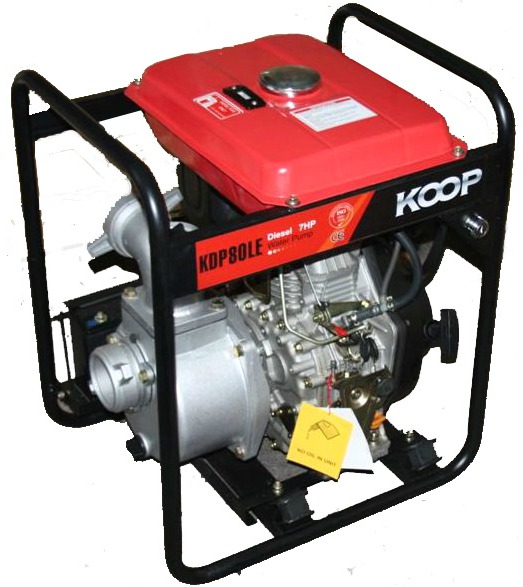
Remember to use them only if the flood water levels outside are lower than these inside. Thus you will reduce the risks of structural damage to your home. What is also very important to prepare for is pumping out deep water in your basement. If you, don’t know how to approach a problem like this one, contact a structural engineer to get acquainted with the procedure.
3. Change The Interior Of Your Home
To make the inside of your house more resilient, in case flood water manages to sneak in, you have to prepare with several procedures.
1) Keep valuable objects as high as possible. If you have floating shelves, this would be the best place to leave the items there, unless, of course, water level in the rooms is high enough to wash them away.
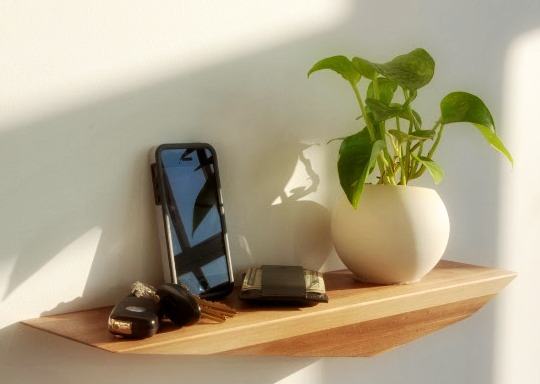
2) It’s better for TVs and similar electrical appliances to be mounted higher on the wall, so they don’t soak in water and probably kill you with high voltage. If you have already done it check if the height is less than the average accepted, and namely 1.5 m. The same demand goes for the electrical sockets, wiring and fuse boxes. They have to be same height to reduce the probability of any home apocalypse situations.
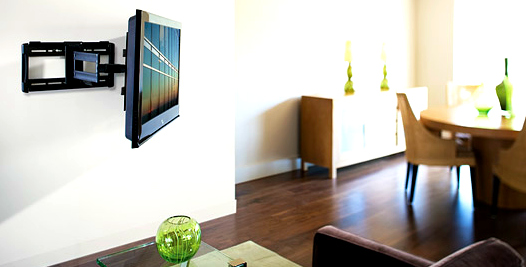
3) Fit water-resistant skirting boards on your windows to reduce water damage of your home.
4) If you know the house you’re building is in an area prone to floods is high, make sure the walls are covered with horizontal plasterboard or lime-based plaster instead of gypsum. If there are any cavity walls, get a special drainage systems.
5) It would be better if the carpets you cover the floors with are not fitted and water-resistant.
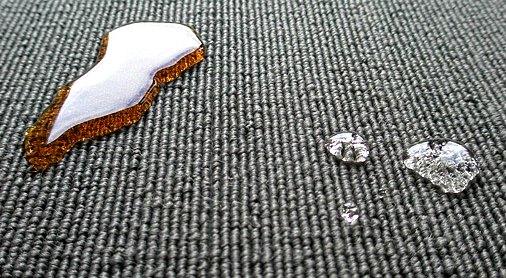
6) Regardless of the material your inside doors are made of, they have to be easy to remove. Taking them off their frames will reduce the possibility for water to fill the rooms and eventually crush the doors into pieces.
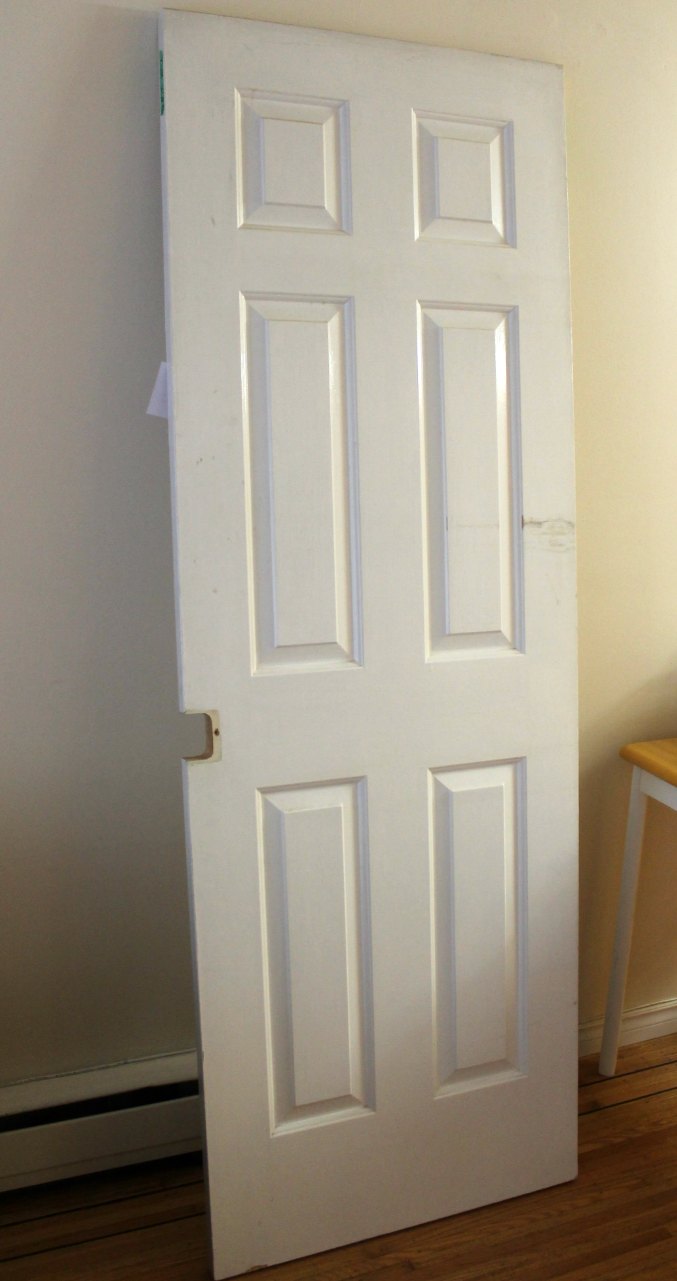
7) The materials in your bathroom and kitchen have to be water-resistant. Use stainless steel, solid wood or plastic elements. Use plinths to raise household appliances, like refrigerators and similar, as much as possible.

8) If there are big objects or clothes which you need to pack and, respectively, isolate of water, use sealable bags. Thus you won’t have to put your life and health at risk when you try to move them.
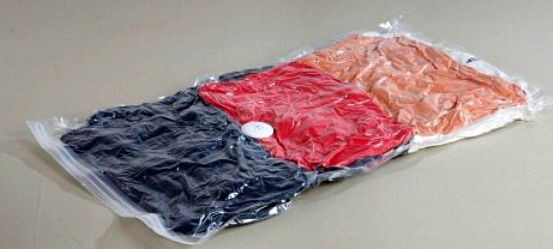
A project like this one can easily go out of control, especially if you don’t possess the skills necessary to carry it out successfully. The only thing you can “contribute” to, if you’re not a pro, is more damage to your property. When you have to prepare for times like these, there’s no better investment than calling Bob’s Handyman Liverpool Experts. You’ll get excellent and quick results at the lowest possible prices.

Leave a Reply